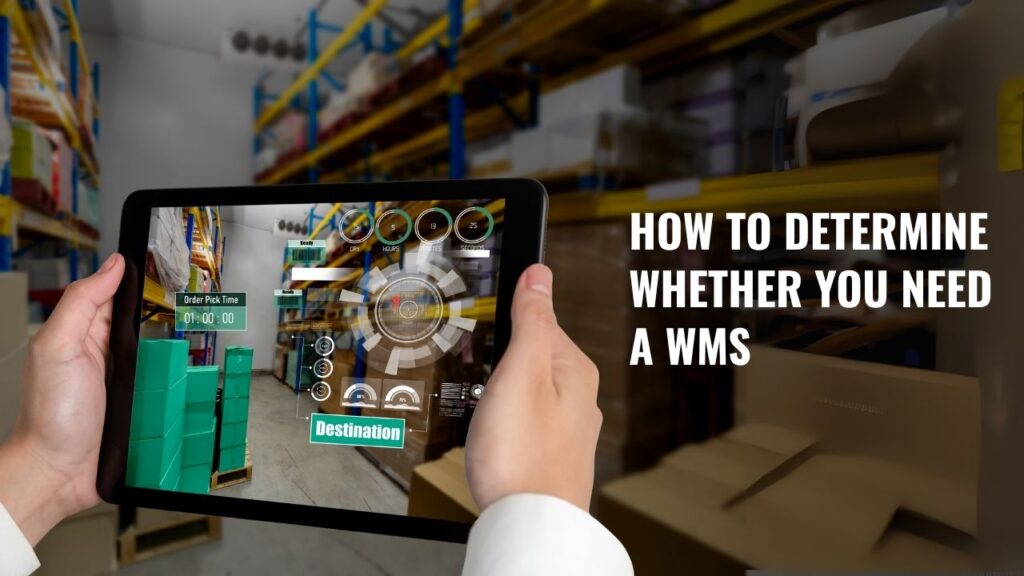Warehouse Management Systems (WMS) are no longer reserved just for large enterprises or multinational supply chains. The need for a WMS is driven more by complexity than company size.
So how do you know if it’s time to invest in one?
Let’s break it down across five key types of complexity that act as clear indicators for when a WMS becomes essential.
1. Size Complexity – Large Warehouses, More Zones, More People
If your warehouse is spread across tens of thousands of square feet, has hundreds of storage locations, or multiple floors/racks/zones, it’s likely you’re already losing time in:
- Searching for products
- Manual bin-to-bin transfers
- Poor space utilization
Example
A furniture importer managing a 60,000 sq. ft. warehouse often misplaced bulky SKUs. Items were in stock, but teams couldn’t find them quickly. After implementing a WMS, every item had a mapped location, and average pick times dropped by 40%.
WMS Benefit
Bin-level visibility, zone-wise picking, and route optimization.
2. SKU Complexity – High Variety, Expiry, Serial Numbers, and More
Managing 500 SKUs is very different from managing 5,000—especially when:
- Some items are batch-controlled (like paints or chemicals)
- Others have expiry dates (like beauty products or medicines)
- Some require serial number tracking (like electronics)
- You deal with decimal quantities (like fabrics or fluids)
Example
A D2C electronics brand selling routers and soundboxes couldn’t manage warranty and RMA returns efficiently. Serial tracking in their WMS helped trace every device from receipt to dispatch to after-sales service.
WMS Benefit
Tracks each unit uniquely, supports batch, serial, expiry, and decimal inventory with precision.
3. Process Complexity – Tight SLAs, QC, Cross Docking, and Custom Logic
If your warehouse has multiple teams and a mix of workflows, you likely struggle with:
- Tight same-day or next-day delivery SLAs
- Complex quality check steps and rework
- Kitting/bundling before dispatch
- Custom picking rules (FIFO, FEFO, ABC-based waves)
Example
A fashion retailer needed FEFO-based picking for perishable stock, kitting for combos, and different QC flows for returns. A WMS automated all these based on rules set per category and customer.
WMS Benefit
Workflow automation, rule-based task assignment, real-time alerts, and SLA tracking.
4. Fulfillment Complexity – Multi-Location, Multi-Channel, Multi-Client
If you:
- Fulfill from more than one warehouse
- Sell via both B2B and B2C channels
- Store inventory for multiple clients (3PL model)
…you’ve likely faced:
- Stock getting allocated to the wrong order
- Lack of visibility on which warehouse has stock
- Difficulty in ensuring FIFO across locations
Example
A 3PL company serving 5 brands from 3 cities couldn’t keep inventory segregated and ended up shipping Brand A’s stock to Brand B’s customer. A WMS gave client-level stock visibility and order routing based on location and priority.
WMS Benefit
Channel-agnostic inventory view, rules for allocation/reservation, and accurate location-level tracking.
5. Volume & Velocity Complexity – High Order Volume, Frequent Stock Movement
If your team spends most of their time:
- Checking stock
- Fixing picking mistakes
- Resolving duplicate shipments or delays
…then you’re dealing with high-velocity pain points that only automation can solve.
Example
An FMCG distributor with 4,000 daily dispatches had a return rate of over 12% due to wrong picks and substitutions. After deploying WMS with barcode-based picking, error rates dropped to 1.4%.
WMS Benefit
Scan-based accuracy, picker-wise performance tracking, load planning, and shift-wise analytics.
Bonus Complexity: Lack of Visibility
You don’t need to have every complexity listed above. Sometimes, the biggest clue is:
- “I don’t know where my stock is.”
- “My ERP shows it’s available, but the picker says it’s not there.”
If these sentences sound familiar, your warehouse is already operating in the dark. A WMS brings visibility, audit trails, and accountability—day 1 onward.
So… Do You Need a WMS?
If you nodded “yes” to any of these scenarios, it’s time to stop managing your warehouse like it’s 2010.
A modern WMS isn’t just about inventory. It’s about:
- Faster fulfillment
- Happier customers
- Lower costs
- More control
And as your business scales, it becomes your foundation for future growth.
Want Help Evaluating Whether You’re WMS-Ready?
Let’s run a free complexity assessment tailored to your operations.\

